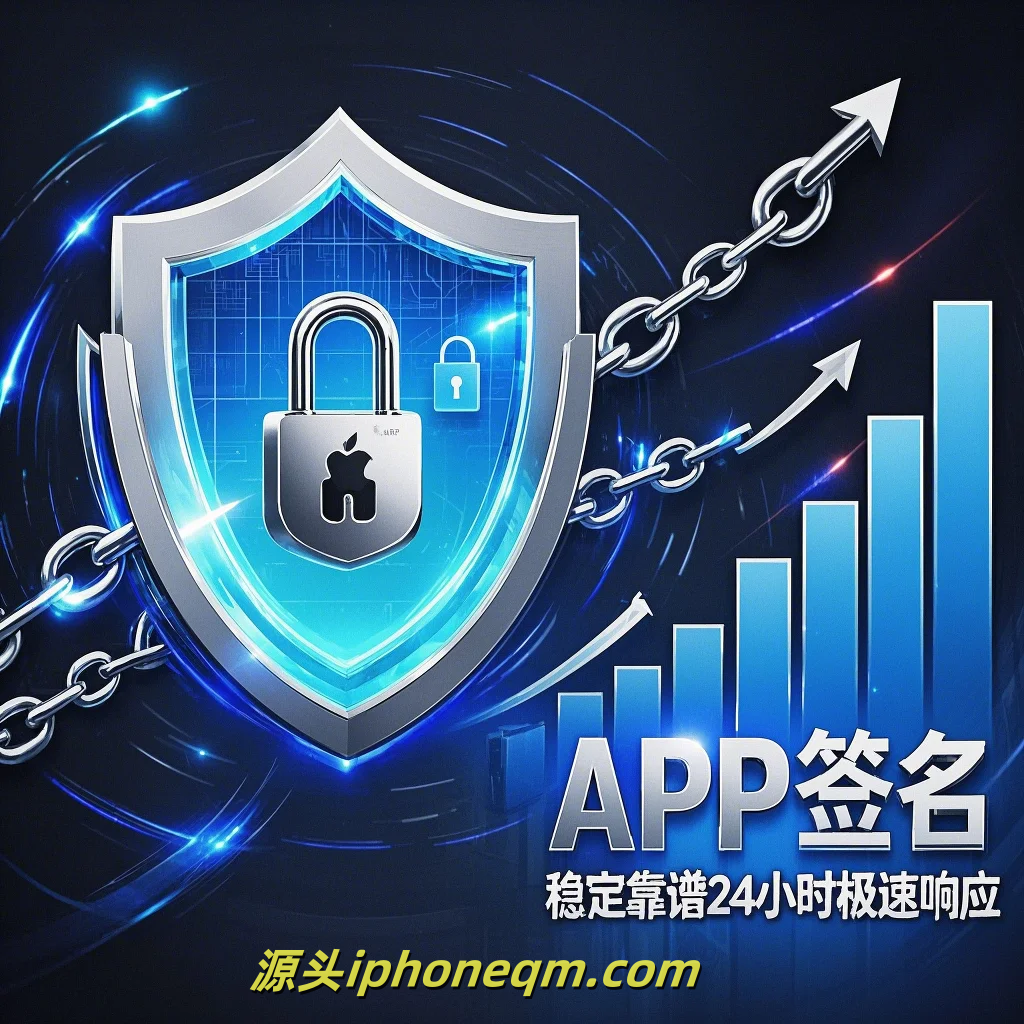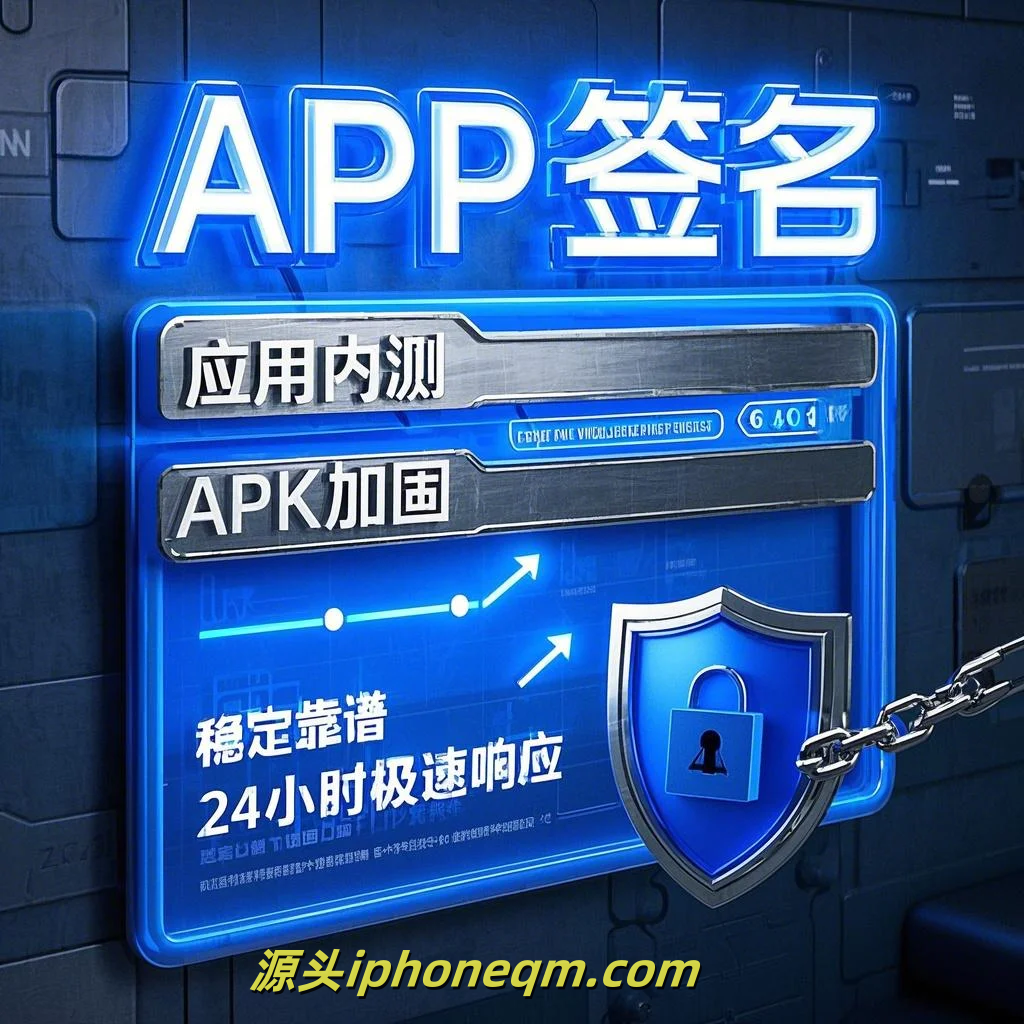When it comes to signing documents electronically, Apple’s built-in tools are often the first choice for many users. However, there are numerous alternatives available that might suit your needs better, especially if you're outside the Apple ecosystem or looking for more flexibility. In this article, we will explore how to choose the best Apple signing alternatives, breaking down essential factors to consider.
First and foremost, assess your specific signing needs. Are you signing documents sporadically, or do you require a solution for frequent, high-volume signing? For occasional users, a simple app with basic signing features might suffice. However, for businesses or professionals who deal with numerous contracts and documents daily, investing in a more comprehensive solution with advanced capabilities is prudent.
Next, consider the platform compatibility. If you’re using a device that runs on Windows or Android, or if you want to access your signing tools via a web browser, you’ll want to look for alternatives that are cross-platform. Some popular choices include Adobe Acrobat Sign, DocuSign, and HelloSign. These platforms not only work seamlessly across different operating systems but often offer robust web applications, making them accessible from any device with an internet connection.

User-friendliness is another critical factor. A user interface that is intuitive and easy to navigate can make a significant difference, especially if you’re working under tight deadlines. Look for platforms that offer a straightforward setup process and a clean, organized interface. Many alternatives provide trial versions, so take advantage of these to test the user experience before committing to a subscription.

Security features are paramount when it comes to signing documents electronically. You want to ensure that the service you choose employs strong encryption methods to protect your sensitive information. Look for alternatives that comply with industry standards and provide features like two-factor authentication, audit trails, and secure storage. Services like SignNow and PandaDoc offer enhanced security features and can give you peace of mind.
Pricing is often a deciding factor. Many alternatives have a range of pricing tiers, offering basic plans for individuals and more comprehensive business plans that unlock additional features. Evaluate your budget and compare the costs of different platforms against the features they offer. Remember to consider the long-term value of a solution—for example, if a slightly higher-cost service can save you time and streamline your processes, it might be worth the investment.
Integration capabilities are also essential, especially if you rely on other tools for business processes. Look for signing solutions that can integrate with your existing software, such as CRM systems, project management tools, or cloud storage services. This will save you time and enhance your workflow by allowing you to manage documents more efficiently.
Finally, consider customer support. When working with any technology, having access to reliable customer service can make a huge difference. Investigate the support options available with your chosen service. Look for platforms that offer live chat, email support, or extensive online FAQs and user guides.
In conclusion, choosing the best Apple signing alternatives requires careful consideration of your needs, compatibility, user-friendliness, security, pricing, integration, and support. By evaluating these factors, you can select a solution that not only meets your requirements but also enhances your document management process. Explore your options, take advantage of free trials, and make an informed decision that will benefit you or your business in the long run.
扫描二维码推送至手机访问。
版权声明:本文由MDM苹果签名,IPA签名,苹果企业签名,苹果超级签,ios企业签名,iphoneqm.com发布,如需转载请注明出处。












